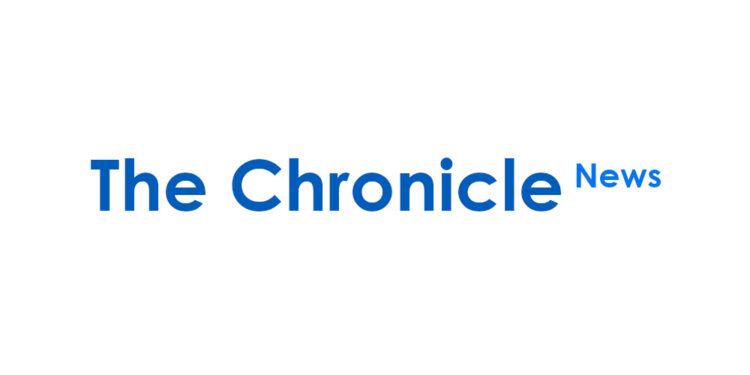Here are moves you can make to reduce your taxable income. But the year is quickly coming to a close, so plan accordingly.
• Max out pre-tax retirement savings. The deadline to contribute to a 401(k) plan to get a 2023 taxable income reduction is December 31st. So, if your employer’s plan allows it, consider making a last-minute lump sum contribution. For 2023, you can contribute up to $22,500 to a 401(k), plus another $7,500 if you’re age 50 or older. Even better, you have until April 15, 2024, to contribute up to $6,500 into a traditional IRA. And as long as your income does not exceed phaseout limits, you can reduce your taxable income on your 2023 tax return.
• Convert to a Roth IRA. Consider converting some or all of your traditional IRA, SEP IRA, or SIMPLE IRA into a Roth IRA. Although you pay income tax on the amount of the Roth conversion the year it is made, subsequent growth is tax-free in a Roth IRA, and withdrawals from the account are 100% tax-free after five years from the date of the conversion.
• Tax loss harvesting. If you own stock outside a tax-deferred retirement plan, you can sell your under-performing stocks by December 31st and use these losses to reduce any taxable capital gains. If your net capital losses exceed your gains, you can net up to $3,000 against other income such as wages. Losses over $3,000 can be used in future years.
• Selling appreciated assets. Consider selling appreciated assets in the tax year that helps you the most. While this strategy may be hard to accomplish this late in the year, it is still worthy of consideration. To do this, estimate your current year’s taxable income and compare it to next year’s projected income. Then sell the appreciated asset in the year that will yield the lowest tax. Remember to account for the 3.8% net investment income tax in your estimates.
• Review health spending accounts. If you participate in a Health Savings Account (HSA), try to maximize your annual contribution to reduce your taxable income. Remember, these funds allow you to pay for qualified health expenses with pre-tax dollars. More importantly, unlike Flexible Spending Accounts (FSA), you can carry over all unused funds into future years. If you do have an FSA, you can carry forward a maximum of $610 from 2023 into 2024 if your plan allows this. The deadline for contributing to your Health Savings Account (HSA) and still getting a deduction for the 2023 tax year is April 15, 2024. The maximum contribution for 2023 is $3,850 if single and $7,750 for married couples. If you’re age 55 or older, you can add $1,000 to your HSA contribution.
One of my primary objectives is to help you achieve your financial goals through a holistic approach that is tax-efficient in my wealth management and tax resolution practice. For more information, visit www.fredtfoxiii.com.
Fred T. Fox III is a Lawton native who owns his own business.
Want to reach a local audience and grow your business?
Our website is the perfect platform to connect with engaged readers in your local area.
Whether you're looking for banner ads, sponsored content, or custom promotions, we can tailor a package to meet your needs.
Contact us today to learn more about advertising opportunities!
CONTACT US NOW




